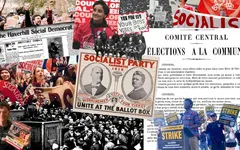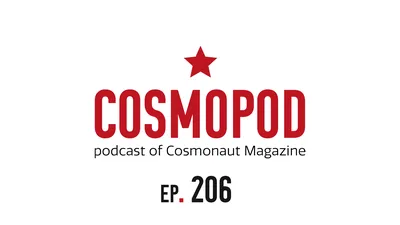

Latest

Review
Process and Totality: A Review of David McNally's 'Slavery and Capitalism'
Latest Cosmopod
We sit down to discuss the Democratic People's Republic of Korea's political economy.
Book Reviews

Uneven and Confused Development in Left Art Criticism: A Review of Adam Turl's 'Gothic Capitalism'
Adam Turl's recent work on art, Gothic Capitalism: Art Evicted From Heaven & Earth, substitutes aesthetic choices for concrete advice on cultural organizing, argues Patricia Manos.

Abundance Liberalism or Social Efficiency: A Review of 'Abundance'
Similar to the discourse of late nineteenth century progressivism, Ezra Klein and Derek Thompson's Abundance proposes an empty theory of progress that fails to reckon with the reality of political struggle, argues Marco Rosaire Rossi.
Your letters
Letter: The Limits of Pure Empirical Analysis—A Response to Ted Reese
January 13, 2026
“I’m generally of the opinion that the socialist Left is in need of more analysis of political economy, and that this analysis should be geared towards the most …”
Letter: The Road and the Ditch
December 20, 2025
“In the pages of Cosmonaut a discussion has been sparked by the recent book Flowers for Marx related to the scientific status of Marxism. In my original review, …”
Letter: For Asad
December 16, 2025
“It's a matter of seizing these things back and demanding more. -Asad in an email to me, April 2020.It’s hard to believe that Asad is dead. Like many …”


